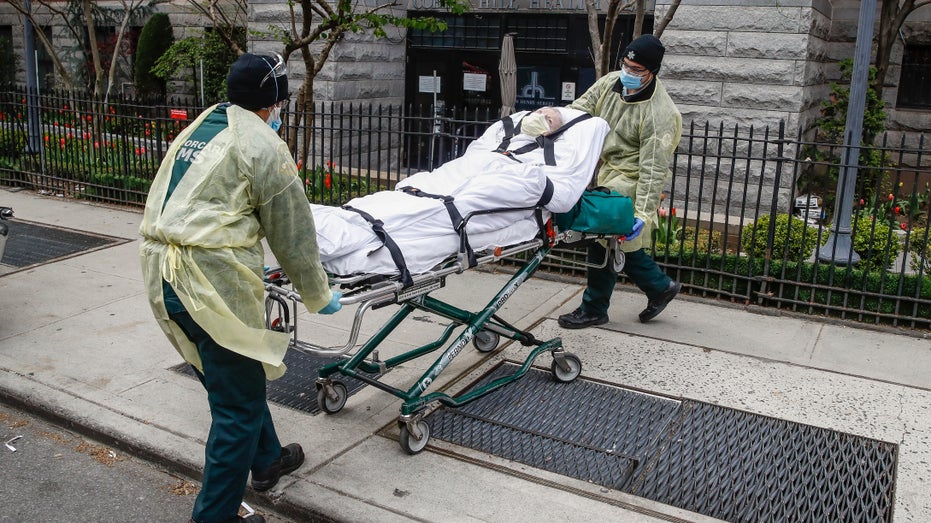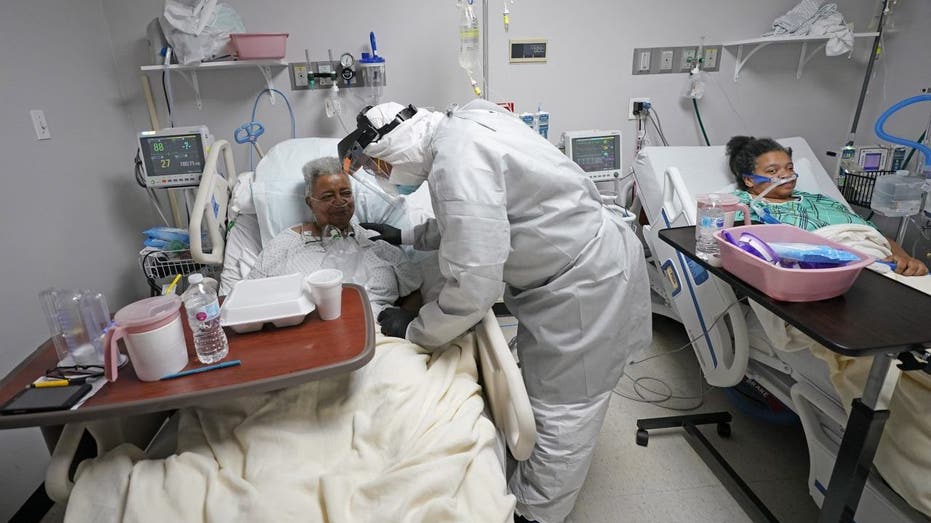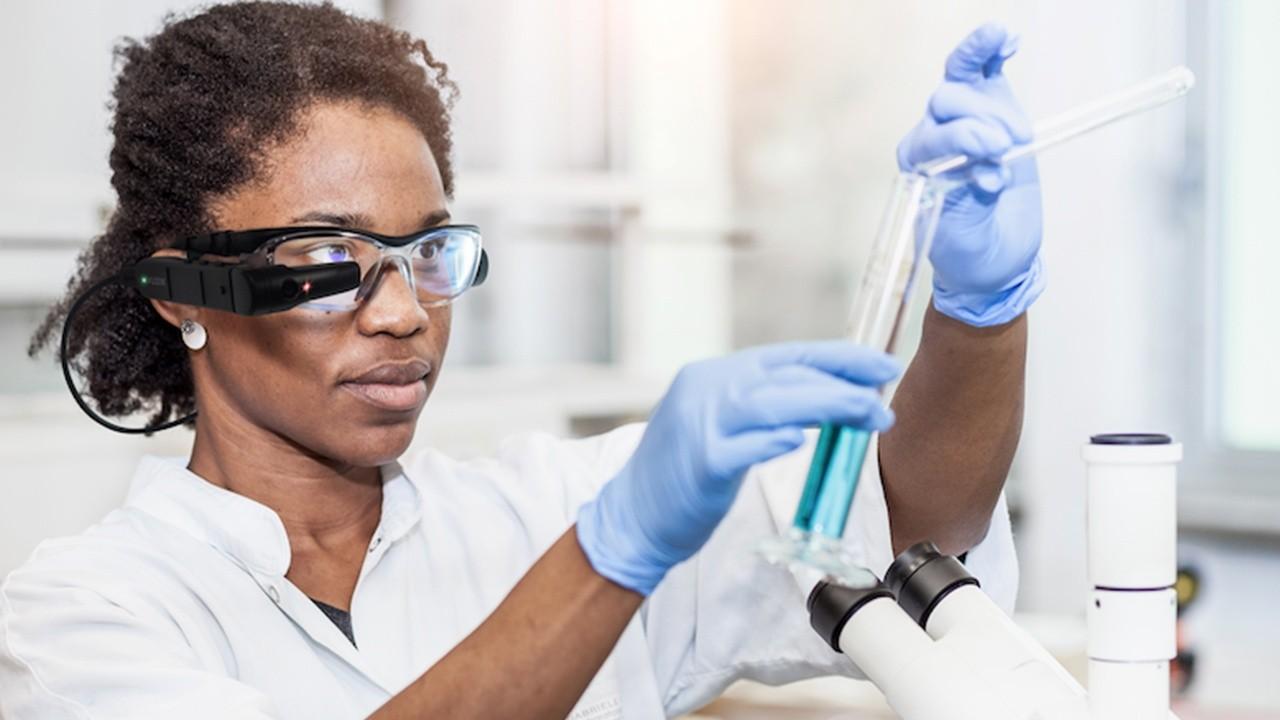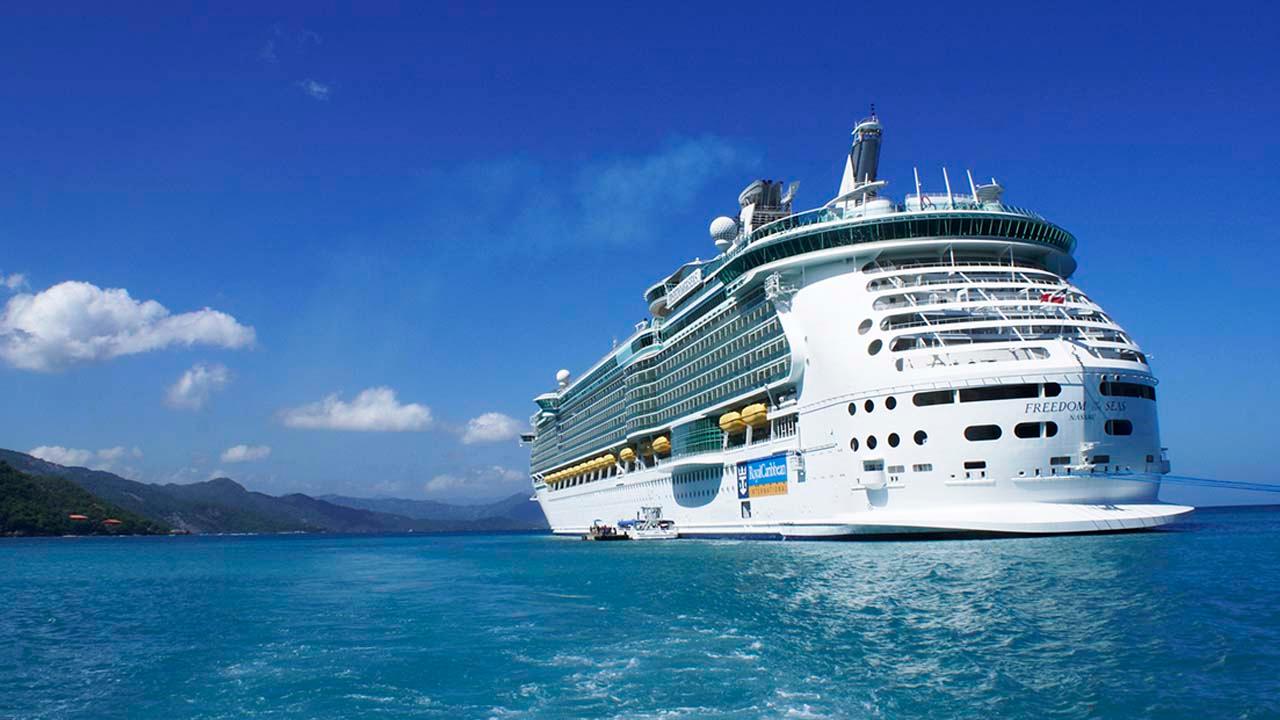Silent spread of coronavirus keeps scientists grasping for clues
The small but mighty coronavirus can unlock a human cell, set up shop and mass produce tens of thousands of copies of itself in a single day
One of the great mysteries of the coronavirus is how quickly it rocketed around the world.
It first flared in central China and, within three months, was on every continent but Antarctica, shutting down daily life for millions. Behind the rapid spread was something that initially caught scientists off guard, baffled health authorities and undermined early containment efforts — the virus could be spread by seemingly healthy people.
GET FOX BUSINESS ON THE GO BY CLICKING HERE
As workers return to offices, children prepare to return to schools and those desperate for normalcy again visit malls and restaurants, the emerging science points to a menacing reality: If people who appear healthy can transmit the illness, it may be impossible to contain.
“It can be a killer and then 40 percent of people don’t even know they have it,” said Dr. Eric Topol, head of Scripps Research Translational Institute. “We have to get out of the denial mode, because it’s real.”
US SECURES 100 MILLION DOSES OF PFIZER, BIONTECH EXPERIMENTAL CORONAVIRUS VACCINE
Researchers have exposed the frightening likelihood of silent spread of the virus by asymptomatic and presymptomatic carriers. But how major a role seemingly healthy people play in swelling the ranks of those infected remains unanswered — and at the top of the scientific agenda.
The small but mighty coronavirus can unlock a human cell, set up shop and mass produce tens of thousands of copies of itself in a single day. Virus levels skyrocket before the first cough, if one ever arrives. And astonishing to scientists, an estimated 4 in 10 infected people don’t ever have symptoms.
CORONAVIRUS MASKS ARE REQUIRED INSIDE THESE STORES ACROSS THE US
“For control, to actually keep the virus from coming back, we’re going to have to deal with this issue,” said Rein Houben, a disease tracker at the London School of Hygiene and Tropical Medicine.
The dire toll of more than 580,000 worldwide deaths from the coronavirus has faded to the background as cities lift restrictions. But the slyness of the virus remains on the minds of many scientists, who are watching societies reopen, wondering what happens if silent spreaders aren’t detected until it’s too late.

A patient is prepared to be loaded into the back of an ambulance by emergency medical workers outside Cobble Hill Health Center in the Brooklyn borough of New York in April. Minchillo, File)
Travelers with no coughs can slip past airport screens. Workers without fevers won’t be caught by temperature checks. People who don’t feel tired and achy will attend business meetings.
GLOBAL CORONAVIRUS CASES EXCEED 15 MILLION
And outbreaks could begin anew.
THE FIRST HINTS
As early as January, there were signs people could harbor the virus without showing symptoms. A 10-year-old boy in China who traveled to Wuhan had no symptoms but tested positive along with six others in his family who had coughs and fevers. More troubling was a report out of Germany: A business traveler from China spread the virus to colleagues in Munich, even though she appeared healthy.
Still, many scientists remained unconvinced. Some questioned whether the Chinese businesswoman truly didn’t have symptoms. They suggested she might have had mild ones she attributed to jet lag.
CORONAVIRUS WORRIES MEAN ONLY 42% OF AMERICANS WOULD DINE OUT IN NEXT 2 MONTHS: STUDY
The concept of people unwittingly spreading disease has never been an easy one to grasp, from the polio epidemic of mid-century America to the spread of HIV decades later.
At the turn of the 20th century, a seemingly healthy New York cook named Mary Mallon left a deadly trail of typhoid infections that captivated the public and led to her being forced into quarantine on an East River island. “Typhoid Mary” remains a haunting symbol of silent spread.

Dr. Joseph Varon, center, visits with Dorothy Webb, left, and her daughter, Tammie, while making his rounds inside the Coronavirus Unit at United Memorial Medical Center, July 6, 2020, in Houston. (AP Photo/David J. Phillip)
As COVID-19 emerged, health officials believed it would be like other coronaviruses and that people were most infectious when showing symptoms like cough and fever, with transmission rare otherwise.
“We were thinking this thing is going to look like SARS: a long incubation period and no transmission during the incubation period,” said Lauren Ancel Meyers, a disease modeler at the University of Texas at Austin.
TRUMP SAYS CORONAVIRUS WILL PROBABLY 'GET WORSE BEFORE IT GETS BETTER'
At U.S. airports around the country, travelers returning from hot spots including China who didn’t have symptoms were allowed to go on their way.
“We were reassuring ourselves and the public that contact with an asymptomatic person was not a risk,” said Dr. Jeff Duchin of King County, Washington, where the first major U.S. cluster of coronavirus cases broke out at the Life Care nursing home.
Behind the scenes, scientists like Meyers were sharing their alarming finding with health officials.
Meyers had assembled a team of students who scoured websites of Chinese health departments looking for dates of symptom onset in situations where there was enough information to figure out who infected whom.
Between Jan. 21 and Feb. 8, they found several cases where the person who brought the virus home didn’t develop symptoms until after infecting a family member. For example, a woman in a Chinese city with few cases got sick after her husband returned from a trip to a city with a large outbreak. He didn’t get sick until later.
“When we looked at the data, we said, ‘Oh no, this can’t be true,’” Meyers said. “It was shocking.”
Finding more than 50 such cases, Meyers immediately shared the analysis with the U.S. Centers for Disease Control and Prevention — on Feb. 20 at precisely 1:18 a.m., according to her records. The agency responded a few hours later with questions.
Meyers and the CDC exchanged extensive emails, going over what could be behind the numbers. Was the virus really spreading that fast and before people felt sick?
SPREAD AT A COCKTAIL PARTY
Rebecca Frasure, who contracted the virus while aboard the Diamond Princess cruise, sat in bed in Japan in late February, frustrated to be kept hospitalized even though she didn’t have any symptoms.
“I’m perfectly healthy except having this virus in my body,” Frasure said while waiting for her release.
Without widespread and frequent testing, it’s impossible to know how many people without symptoms might carry it. The Diamond Princess, which idled in the Port of Yokohama, Japan, while the virus exploded onboard, enticed researchers.
After an ill passenger tested positive, only those with symptoms initially got tests.
Houben and his London research team set out to build a mathematical model to estimate how many infected people without symptoms were being missed. After four weeks, their model indicated a startling three-quarters of infected people on the Princess were asymptomatic.
Could that really be right? At first, the researchers worried they might have done something wrong. They continued fine-tuning the model, directing a post-graduate student to locate any error.
“Check for this, check for that,” Houben said. “That wasn’t it. That wasn’t it. That wasn’t it.”
They spent weeks making sure it was foolproof. It indeed was right.
They had their answer: Asymptomatic carriers “may contribute substantially to transmission.”
In Washington state, similar clues emerged for Duchin as a team of investigators probed the Life Care outbreak and found health care workers were spreading the virus to other elder care facilities. They believed at least some of them were working while infected but before feeling symptoms.
Then in March, at another nursing home, more than half the residents who tested positive didn’t have symptoms, though most would go on to develop them.
“This disease is going to be extremely hard to control,” Duchin recalled thinking.
That underscored the need to shift gears and acknowledge the virus couldn’t be totally stopped.
About the same time, Washington state officials had become aware of a cocktail party at a Seattle apartment where about 40% of the guests they later interviewed became sick with the virus, even though nobody seemed sick at the time.
Elizabeth Schneider, who was among the 30 or so attendees, recalled it as a low-key evening themed around a coconut-lime cocktail, with some guests getting in the spirit with Hawaiian shirts or other tropical attire. The host had hired a bartender to serve drinks and keep an eye on the food.
“We never really figured out who it was at the party,” said Schneider, who fell ill three days later, after continuing to socialize through the weekend. “I definitely could’ve spread it.”
That same week, Kenneth Hunt fell ill and was hospitalized with the virus. His friend and neighbor, Jessie Cornwell, thought back to how she had watched the Democratic debates with Hunt at Ida Culver House, their assisted living facility in Seattle, and how they had eaten meals together in the dining room.
Not long after, a second resident — who, like Hunt and Cornwell, lived on Culver House’s second floor — also became sick and went to the hospital, prompting the facility to beg health officials to test all residents and staff.
Hunt died March 9, becoming one of the first American casualties of COVID-19. A day later, 82-year-old Cornwell tested positive, along with two other residents, all of whom were put into isolation.
None of them showed any symptoms.
Elsewhere, as testing efforts have widened, huge proportions of asymptomatic people have shown up, from a neighborhood in San Francisco to an aircraft carrier in the Pacific.
An outbreak linked to a South Korean nightclub showed more than 30% of cases were asymptomatic. At one New York maternity ward, some 88% of those who tested positive had no symptoms.
When Cornwell learned she was positive, her thoughts immediately turned to her pastor, the Rev. Jane Pauw, who had driven her to a Bible study meeting. Pauw lost her sense of taste and smell, came down with a high fever and was out of breath after walking a few steps. Cornwell wondered if she could have been the one to infect Pauw. She alerted her pastor, who made calls to clinics until she found one that would give her a virus test.
It came back with the answer she feared: She was positive, too.
UNANSWERED QUESTIONS
The nose and mouth are convenient entryways for the coronavirus. Once inside, the virus commandeers the cell’s machinery to copy itself, while fending off the body’s immune defenses. Virus levels skyrocket in the upper airway, all without symptoms in the early days of an infection. Many scientists believe that during these days, people can spread virus by talking, breathing, singing or touching surfaces.
In the truly asymptomatic, the immune system wins the battle before they ever feel sick.
As it became clearer that healthy people could spread the virus, U.S. health authorities opted not to wait for scientific certainty. During a meeting in early March, top U.S. health officials said they believed transmission could be occurring before people displayed symptoms, according to an email obtained by The Associated Press. A few weeks later, the CDC recommended people cover their nose and mouth in public with masks, bandannas, even T-shirts.
Days later, Chinese researchers published a paper saying patients are most infectious two to three days before developing symptoms. Evidence continues to accumulate, and the CDC now estimates 40% of transmission is occurring before people feel sick. The agency is telling public health officials in states that rely on mathematical models to use that number in their calculations.
A small Chinese study published May 27 found infected patients without symptoms shed virus, on average, for fewer days than those with symptoms, nine days vs. 15 days. But they do shed virus.
CLICK HERE TO READ MORE ON FOX BUSINESS
Still, doubts remain among scientists, most notably among the World Health Organization, which has discounted the importance of asymptomatic infection. For months, WHO maintained that asymptomatic spread was not a driver of the pandemic but recently began to acknowledge the possibility and advised people to wear masks.
U.S. health officials blame China for delays in sharing information on silent spread. But Topol contends the U.S. could have mounted its own testing program with viral genome sequencing.
That's no small matter: Gaining scientific clarity earlier would have saved lives.
“We’ve been slow on everything in the United States," Topol said. "And I have to say it’s shameful.”



